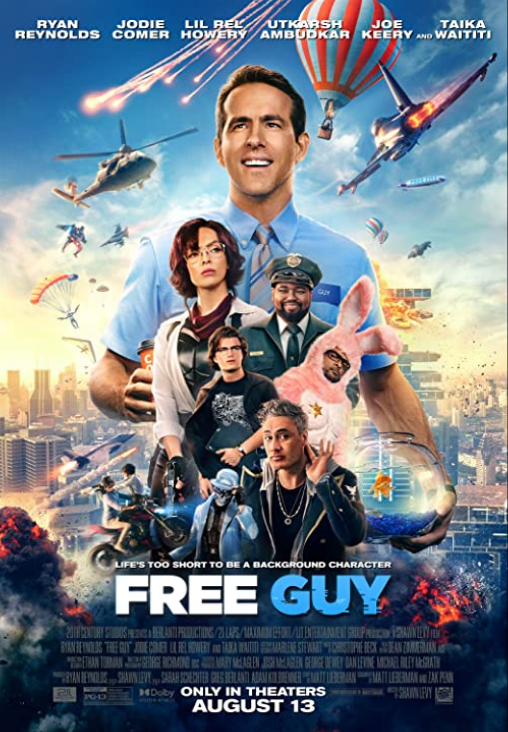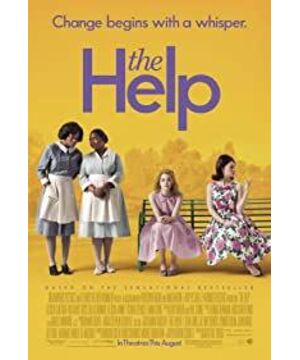Because for a long period of time, Mississippi was the "hardest hit area" of racism in the United States. Out of respect for history, out of consideration for the content of the novel, and the tax system in the United States, the film crew gave up the planned location in Louisiana and rushed to Mississippi to shoot the film.
Greenwood, the film’s original planned location, is an underdeveloped area. In Taylor’s description, this place seems to have never been developed since 1963. But after moving the location to Mississippi, the crew faced a series of set problems. The first is to restore the interior to the style of the 1960s. Taylor said: "This is very troublesome, and it is also difficult. Fortunately, I have a competent assistant to help me do this. He is the art director Mark Rick. He himself is from the south and is familiar with the furniture layout of life here. And he used to work on the crew of "Julie and Julia", in that movie, he turned Brooklyn into Paris. He knew how to make the things that can be photographed in the lens fit the set time and place. This kind of work is the magic of the film." In fact, shooting in Mississippi not only has economic considerations, but more importantly, this shooting location brings a heavy sense of history to the film. Taylor said: "Filming in Mississippi makes me feel that this movie is very responsible. Because few young people today know what happened in Mississippi. They were born in the era of the information explosion and often forget some important things. Things. In the United States now, if anyone knows anything about racial discrimination, either he is an expert or he is an old man who has experienced these things. The shooting in Mississippi is very enjoyable. This once inter-ethnic battlefield is now It’s peaceful. We were shooting here and the local residents welcomed us. So the filming of the whole movie was easy and enjoyable."






